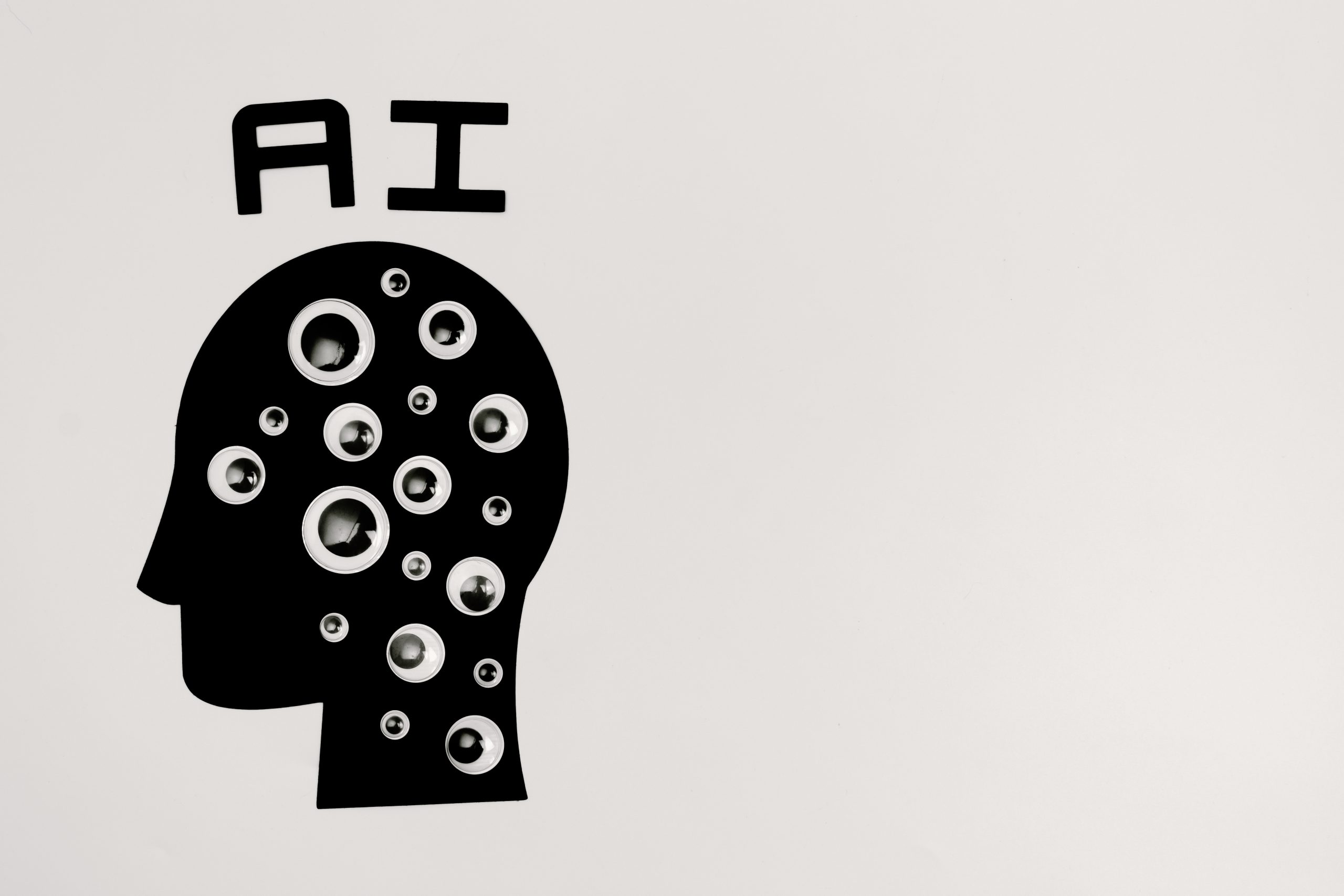When Satya Nadella declares that “SaaS is dead,” many people listen.
Yet, his words about the future of SaaS are, ultimately, just words.
The reality is far more nuanced, and the idea that AI will replace SaaS is a misconception that overlooks the roles these technologies play in the modern business world.
Nadella’s statement is likely a reflection of the rapidly shifting dynamics in software delivery models. The traditional Software as a Service paradigm, where software is delivered over the internet on a subscription basis, has indeed evolved. AI has introduced new layers of intelligence and automation into software applications, leading some to suggest that SaaS is being superseded by more advanced models.
However, this does not mean that SaaS is dead. Rather, it is undergoing a transformation—a natural evolution in response to technological advancements. AI is not a replacement for SaaS; it is an enhancement. AI-driven SaaS applications are becoming more intelligent, capable of delivering personalized experiences, predictive analytics, and automated decision-making. In this sense, AI is not killing SaaS; it is breathing new life into it.
The core value proposition of SaaS—access to powerful software tools without the need for extensive capital investment or IT infrastructure—remains as relevant as ever. AI, on the other hand, is a tool that can be integrated into SaaS platforms to enhance their functionality. It is a complementary technology, not a competitor.
Moreover, the notion that AI will replace SaaS overlooks the diverse range of use cases and industries that SaaS serves. From cloud storage and collaboration tools to customer relationship management and enterprise resource planning, SaaS has become the backbone of modern business operations. AI may automate certain tasks within these applications, but it cannot replace the comprehensive suite of services that SaaS providers offer.
In fact, the integration of AI into SaaS platforms is more likely to lead to the creation of new categories of software services, rather than the obsolescence of existing ones. With advancements related to AI solutions, we can expect to see SaaS platforms that are even more tailored to specific industry needs, with greater levels of automation and intelligence.
It is also important to consider the practical realities of AI adoption. While AI solutions have made achievements in recent years, they are still far from being a universally applicable solution. The development, deployment, and maintenance of AI models require significant expertise and resources, which are not always accessible to businesses of all sizes. SaaS, with its pay-as-you-go model and ease of access, remains a more viable option for many organizations looking to adopt new technologies without the overhead of traditional software ownership.
So, while Nadella’s statement that “SaaS is dead” may capture headlines, it is important to recognize that this is not the end of SaaS as we know it. Instead, we are witnessing the evolution of SaaS into a new era, where AI and other emerging technologies are integrated into existing platforms to create more powerful, intelligent, and versatile tools. SaaS is not dead; it is evolving, and in doing so, it will continue to play a crucial role in the digital transformation of businesses around the world.
You can read more writings of Dawid Wiktor on his Exec Profile.

